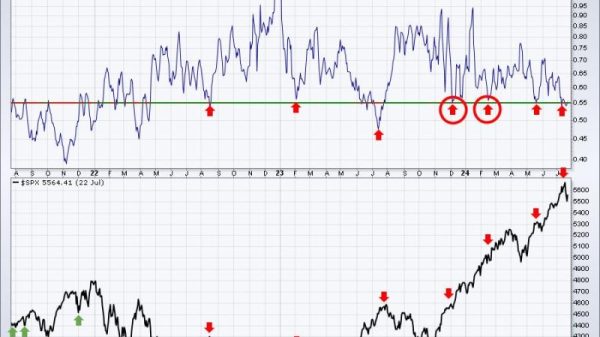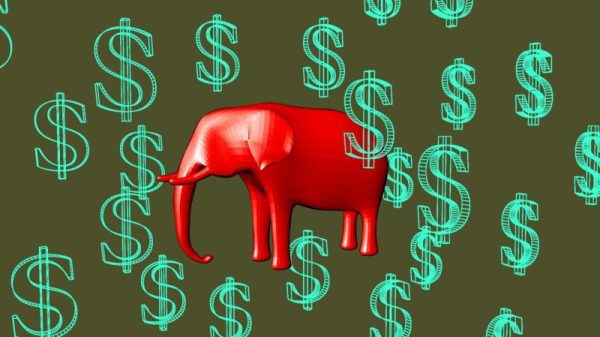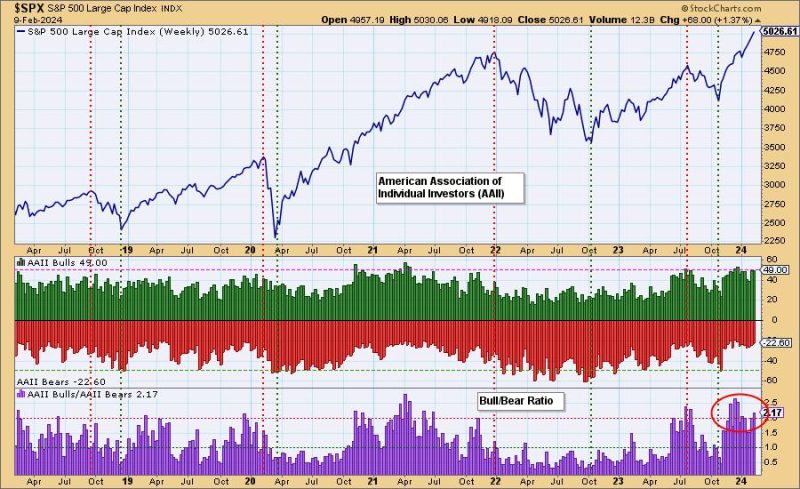Article Body:
In the world of social media and online platforms, sentiment analysis has become increasingly popular to evaluate public opinion. Sentiment analysis involves the use of natural language processing and machine learning algorithms to determine the emotional tone of a piece of text. It allows businesses, brands, and even governments to understand the sentiments and attitudes of the general public towards their products, services, or policies. However, it is crucial to question the reliability and potential pitfalls of sentiment analysis, especially when it reveals a lopsided sentiment distribution.
Sentiment analysis relies on a combination of algorithms and linguistic tools to assess the sentiment behind text data. It categorizes opinions as positive, negative, or neutral, providing valuable insights into consumer behavior and general sentiment trends. Companies often utilize sentiment analysis to monitor customer satisfaction, understand product reviews, and assess overall brand sentiment. It can also help policymakers gauge public opinion surrounding specific issues. However, when sentiment analysis reveals a highly lopsided sentiment distribution, it raises concerns about its usefulness and accuracy.
A lopsided sentiment distribution implies an extreme imbalance between positive and negative sentiments. For instance, if a sentiment analysis report shows that 90% of the sentiment is positive and only 10% is negative, it may indicate an inherent bias within the analysis or an inaccurate representation of public sentiment. A lopsided sentiment distribution can be problematic for several reasons.
Firstly, a high degree of positive sentiment may be indicative of manipulated or biased data. In an era where companies actively utilize social media campaigns and influencers to promote their products, sentiment analysis may be easily skewed. It can be challenging to determine whether the positive sentiment is genuinely reflective of the general public’s opinion or if it has been artificially inflated.
Moreover, a lopsided sentiment distribution can lead to a misinterpretation of the true sentiment. For example, if sentiment analysis shows largely positive sentiment towards a government policy, it might create a false perception that the policy has overwhelming support. In reality, there may exist a significant number of individuals with reservations or dissenting opinions that are not accurately captured by the sentiment analysis.
Furthermore, a lopsided sentiment distribution can also dismiss the importance of constructive criticism. Negative feedback and dissenting opinions often provide opportunities for growth and improvement. If sentiment analysis focuses solely on positive sentiments, organizations might miss out on valuable insights and fail to address potential issues or concerns.
To combat the problem of lopsided sentiment distribution, it is essential to use sentiment analysis as a tool rather than a definitive source of information. Companies and policymakers should supplement sentiment analysis with other forms of data collection, such as surveys or focus groups, to gain a more comprehensive understanding of public sentiment. By triangulating various data sources, organizations can reduce the risk of biased or inaccurate insights.
Additionally, it is crucial for sentiment analysis algorithms to be regularly tested, updated, and refined. As language evolves, sentiment analysis tools should adapt to accurately capture nuanced sentiments and detect potential biases. Investing in research and development of sentiment analysis algorithms can significantly improve the reliability and usefulness of sentiment analysis reports.
In conclusion, sentiment analysis is a powerful tool that allows businesses and policymakers to gauge public sentiment. However, a lopsided sentiment distribution can indicate potential problems with the accuracy and reliability of the analysis. To mitigate these issues, organizations should utilize sentiment analysis as part of a broader data collection strategy and continuously refine their algorithms. By doing so, they can obtain a more accurate understanding of public sentiment and create opportunities for growth and improvement.





























